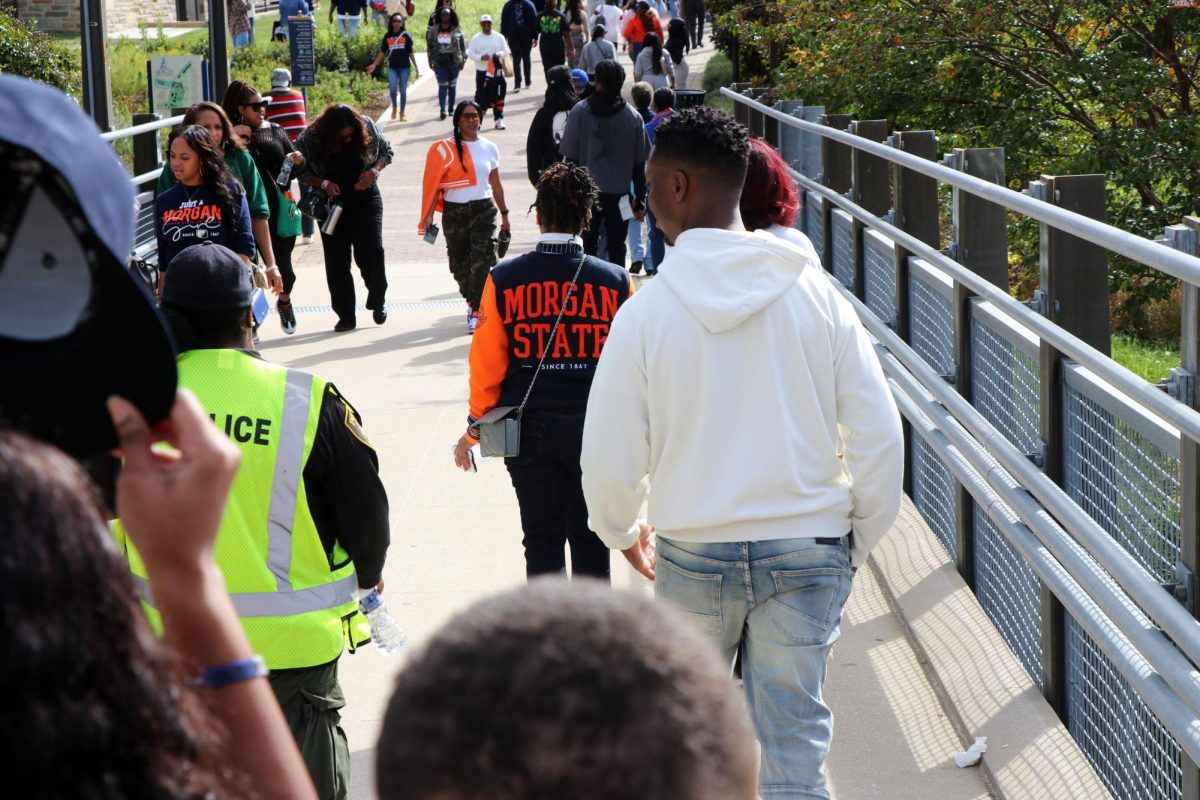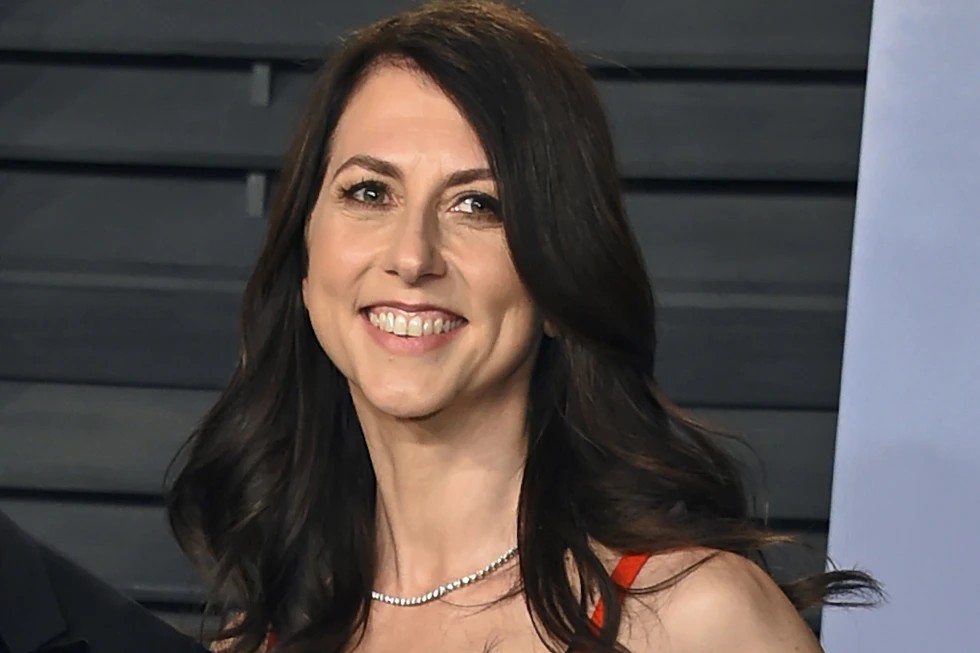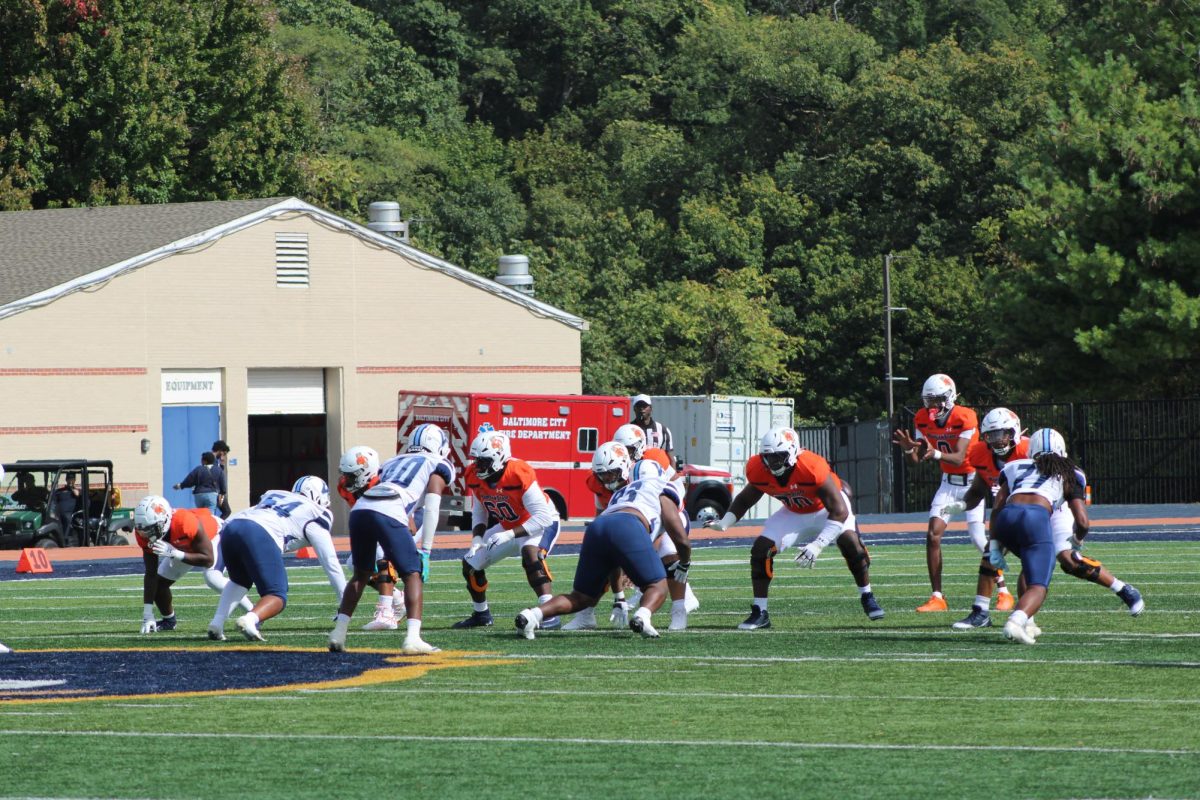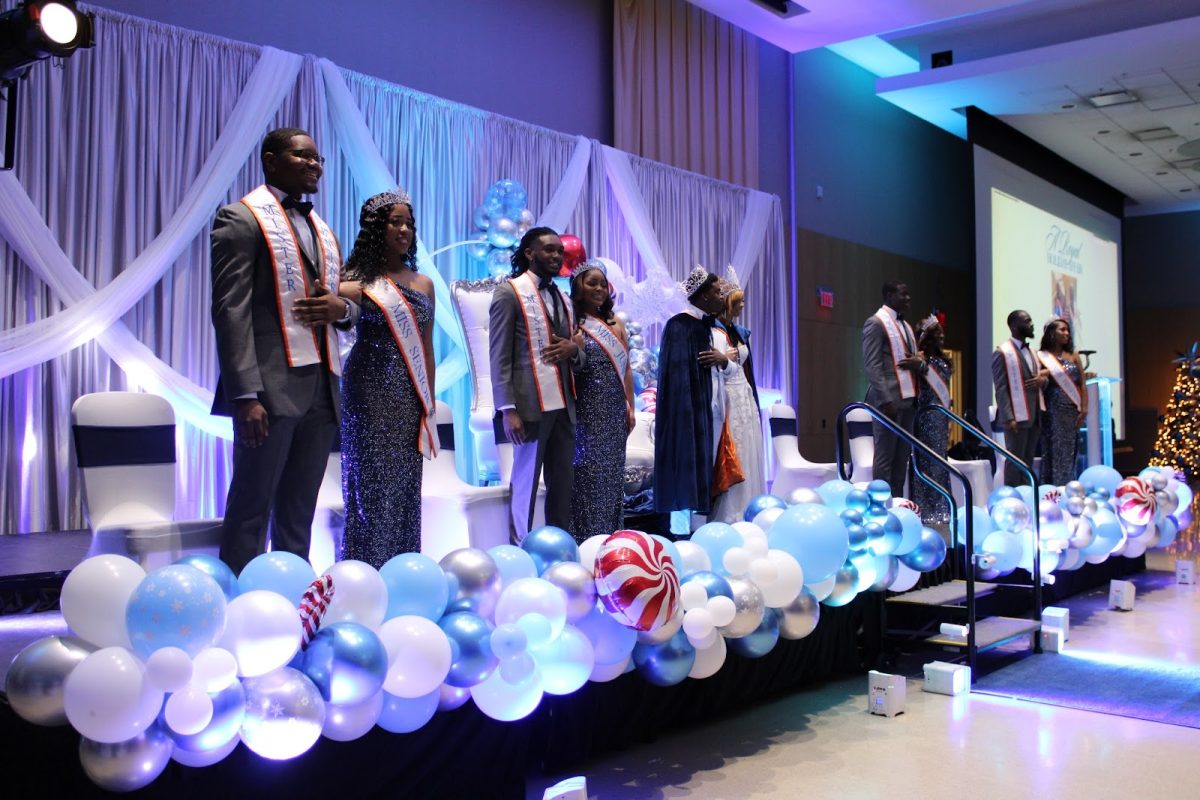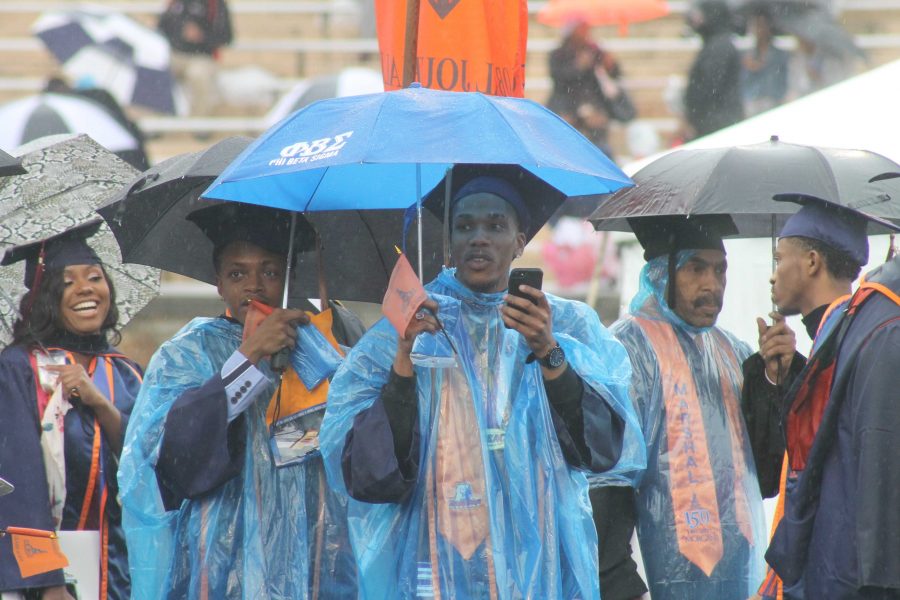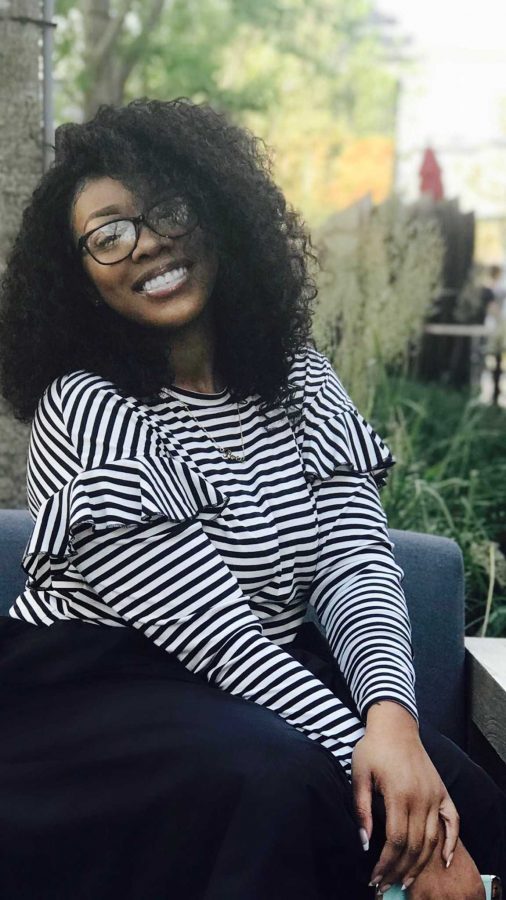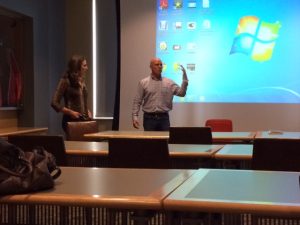
Morgan State University professor C. Sean Robinson and Divonna Stebick, an assistant professor at Gettysburg College, discussed popular TV’s influence on young adults and ways to use that influence to their advantage in a lecture at the Earl S. Richardson Library last week.
“How does the media impact who we are and how we are in the world,” Robinson, an Advanced Studies Leadership & Policy professor asked. This question drove him to research popular T.V. and how it effects today’s youth.
He started a project studying how pop culture portrayed gay youth. He got a group of students to watch clips from the T.V. shows “90210” and “Glee” and afterwards asked them what messages the show conveyed and how did those message influence the way they interacted with other youth. He also wanted to know how sexuality was being portrayed in these T.V. shows.
“We want to hear from youth what they are hearing from these television shows,” Robinson said.
To make the discussion more interactive, he and Stebick asked their audience to view a clip from “90210.” In the clip, a group of students were participating in a dance class and one of the students, Teddy, got frustrated and ended up calling another student, Ian, a “faggot.” After class the two boys ran into each other in the hallway, where Ian said that Teddy was gay, but was afraid to admit it. They fought and were both given detention, where Ian once again tried to get Teddy to admit that he was gay. Teddy denied the accusation.
After viewing the clip, Robinson asked the audience what they noticed and how would they describe the interaction between the two characters. Students offered interesting viewpoints, which made for a lively conversation.
While Robinson, a gay man, can relate to this topic on a personal level, Stebick relates on a professional level.
She mentioned that in her literacy class her students would have such wonderful conversations about the things they were reading, but when it came time to talk about homosexuality her students would clam up. This frustrated her, so she called to Robinson, who used to be her mentor, and asked what she should do.
“Sexual identity is such a big part of adolescence and being a young adult,” Stebick said.
In order to try to counter this behavior she gave her students an assignment. She split 21 students into five groups and each group met once a week. In these meetings students watched clips from popular T.V. shows and discussed what they noticed. The wrote a paper for their final exam about these findings.
After doing the assignment, Stebick noticed that straight and gay students viewed these clips from different perspectives. Straight students focused on the outside perspective. They tended to look at the scene as a whole, but the gay students focused on the personal interaction. They were more interested in how the relationship would play out between the characters.
“How do we take all of that in and use it to our advantage?” Robinson asked after revealing the findings.
Some of his graduate students couldn’t even talk about homosexuality without feeling uncomfortable, he said. And if the parents can’t discuss homosexuality, how are the youth going to be able to do it?
“How do we talk about gay issues in elementary, middle and high school without parents freaking out?” Robinson asked.
For Robinson and Stebick, the ultimate goal is to make sexuality a non-issue for youth, but in order to do that they have to make it a non-issue with adults.
While many questions remain unanswered, they are doing their best to use popular TV to their advantage. Since more and more shows are including or addressing homosexuality, the professors are hoping that TV—and the discussion of TV’s portrayal of gay issues in the classroom—will have a positive impact on youth.
Photo by Amira Hairston

